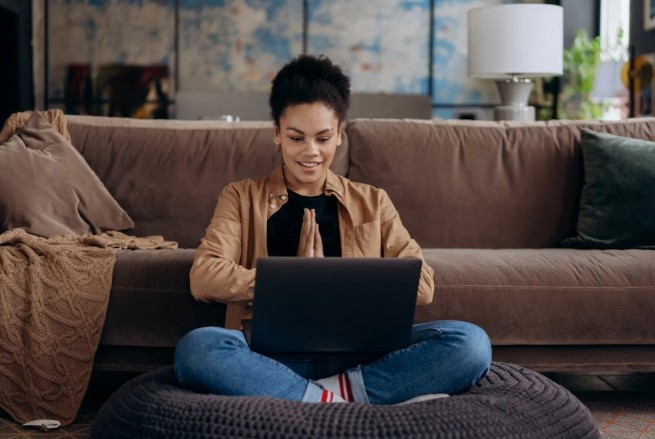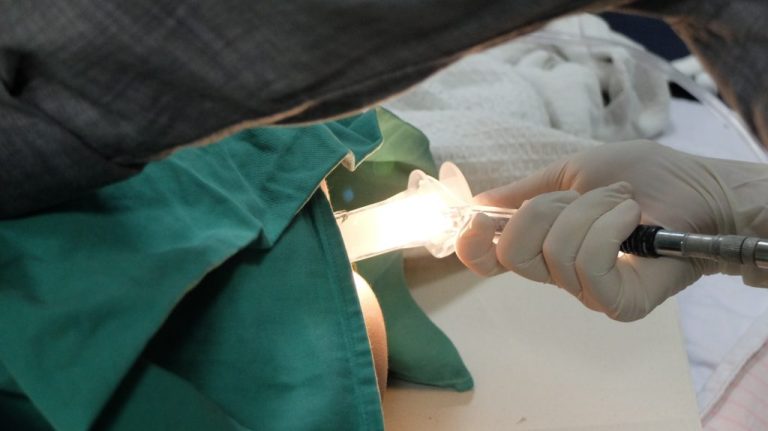
What are the Current Trends in Educational Technology?
What are the Current Trends in Educational Technology? *** Current trends in educational technology include the rise of AI-powered tools and the increased use of virtual and augmented reality. These innovations enhance personalized learning and immersive educational experiences.
Educational technology is rapidly evolving, reshaping how students learn and teachers instruct. AI-powered tools, such as adaptive learning platforms, provide personalized learning experiences tailored to individual student needs. Virtual and augmented reality offer immersive experiences that make complex subjects easier to understand.
Interactive digital whiteboards and online collaboration tools facilitate real-time, remote learning. Gamification in education keeps students engaged by integrating game elements into the learning process. These trends not only improve student engagement but also make education more accessible and inclusive. Embracing these technologies prepares students for a future where digital literacy is crucial.
Introduction To Educational Technology
Educational technology has changed a lot over the years. In the past, schools used chalkboards and textbooks. Now, students use tablets and smartboards. Teachers can use online tools to make lessons more fun. Digital platforms help students learn at their own pace. This change helps everyone get a better education.
EdTech makes learning more exciting. Students can watch educational videos and play learning games. Virtual classrooms let students and teachers connect from anywhere. This is very important for students in remote areas. Online resources give students access to more information. Technology in education helps prepare students for the future.
Artificial Intelligence
Artificial Intelligence is revolutionizing educational technology with personalized learning experiences and intelligent tutoring systems. Adaptive learning platforms and AI-driven analytics enhance student engagement and improve learning outcomes.
Personalized Learning
Artificial Intelligence (AI) is changing the way students learn. AI creates personalized learning experiences. Each student receives a unique study plan that matches their strengths and weaknesses. AI helps identify areas where students need more help and provides extra resources and practice exercises. Tools like an AI image generator can also enhance the learning process by creating visual aids and custom graphics tailored to educational needs.
Ai Tutors
AI tutors are becoming popular in classrooms. They offer 24/7 support for students. AI tutors can answer questions, grade assignments, and offer feedback. They help students learn at their own pace. This makes learning more enjoyable and less stressful. Teachers also benefit from AI tutors. They save time and can focus on teaching important concepts.
Virtual And Augmented Reality
Virtual and augmented reality create immersive learning experiences. Students feel like they are in different places. They can visit ancient cities or explore the human body. This technology makes learning more engaging and fun. It helps students understand complex topics better. Teachers can use VR to show 3D models. These models help in subjects like science and history.
Schools use VR for virtual field trips. This lets students visit places they cannot go to in real life. Augmented reality helps in interactive lessons. For example, students can see 3D dinosaurs in their classroom. This makes learning more exciting. Medical students use VR to practice surgeries. This gives them real-life experience without any risk.
Gamification
Gamification in educational technology engages students through interactive and game-like elements, enhancing motivation and retention. Emerging trends include personalized learning paths and real-time feedback, making education more dynamic and effective.
Engaging Students
Gamification makes learning fun. It uses games to teach subjects. Kids earn points and badges. This helps them stay motivated. They enjoy competing with friends. It feels like playing, not studying.
Learning Through Play
Learning through play helps kids understand better. Games make complex topics simple. Kids remember facts longer. They solve problems with ease. This method works for all ages. Even adults enjoy it.
Online Learning Platforms
Online learning platforms are easy to access. They allow students to learn from anywhere. This helps students who can’t go to school. Flexible schedules make it possible to learn at any time. It suits people with different routines. Learning is not tied to a physical location. This is very helpful for busy people. It also supports lifelong learning. Many people can keep learning new skills.
Several platforms are popular today. Coursera offers courses from top universities. Udemy has many affordable courses. edX provides free online courses. Duolingo is great for learning languages. These platforms offer courses in many subjects. They are used by millions of learners worldwide.
Blockchain Technology
Blockchain helps in verifying credentials quickly. Students get digital certificates. These certificates are tamper-proof. Employers can easily verify them. No middleman is needed. This saves time and money. It also reduces fraud.
Blockchain stores data securely. Data is encrypted. Only authorized users can access it. This ensures privacy. Schools can store student records safely. Data is immutable. It cannot be changed or deleted. This makes it reliable.
Adaptive Learning Technology
Adaptive learning technology personalizes educational experiences by tailoring content to individual student needs. This trend enhances engagement and improves learning outcomes in modern classrooms.
Customized Learning Paths
Adaptive learning technology creates customized learning paths for students. Each student gets a unique plan. This helps them learn at their own pace. It makes learning more enjoyable and effective.
Real-time Feedback
Students get real-time feedback with adaptive learning. This helps them know their mistakes quickly. Teachers can see how well students are doing. They can adjust lessons to better fit students’ needs.
Read More
Which is Better Information Technology Or Computer Science?
Mobile Learning
Mobile learning lets students study anywhere. Smartphones and tablets make this easy. Students can use their free time to learn. This helps them stay productive. Teachers can send lessons directly to their devices. This means no more heavy books.
Educational apps are very popular. They offer interactive lessons. This makes learning fun. Some apps have games and quizzes. These help students test their knowledge. Other apps offer study plans. This keeps students on track. Apps like these can be free or paid. Many offer free trials.
Future Trends In Edtech
Artificial Intelligence will play a big role in classrooms. AI can help teachers with grading. AI can also create personalized learning paths for students. Virtual Reality will allow students to explore new worlds. VR can make history and science lessons more engaging. Gamification will make learning fun. Games can help students stay interested in their studies.
Technology can make learning more accessible. Students from all over the world can access the same materials. Teachers can use digital tools to track student progress. This makes it easier to spot who needs extra help. Online courses are becoming popular. They offer flexibility for students and teachers.
Conclusion
Educational technology is rapidly evolving. Staying updated with trends is crucial for educators and learners. Embrace digital tools to enhance learning experiences. Future advancements will undoubtedly bring more innovative solutions. Keep exploring and adapting to new technologies for optimal educational outcomes.






